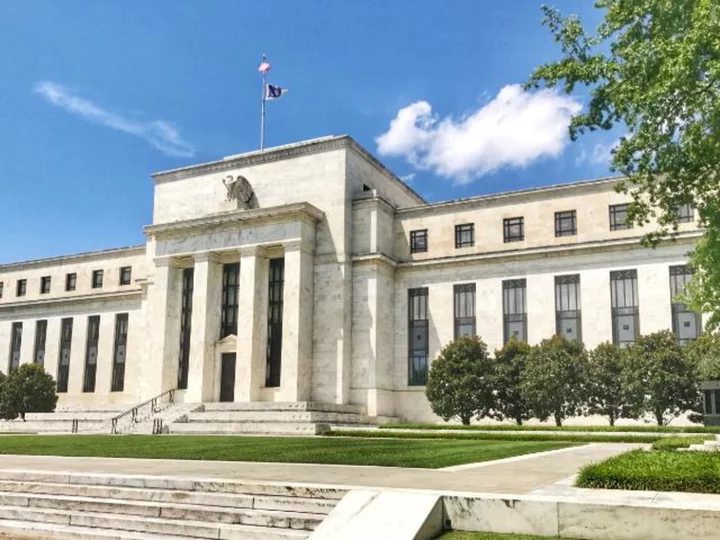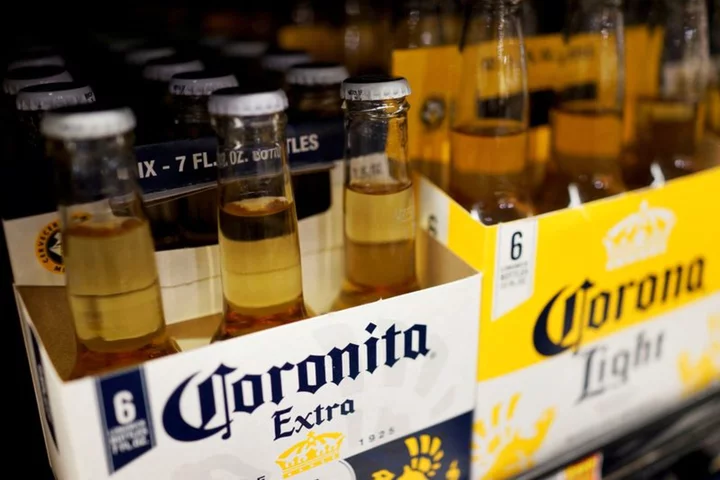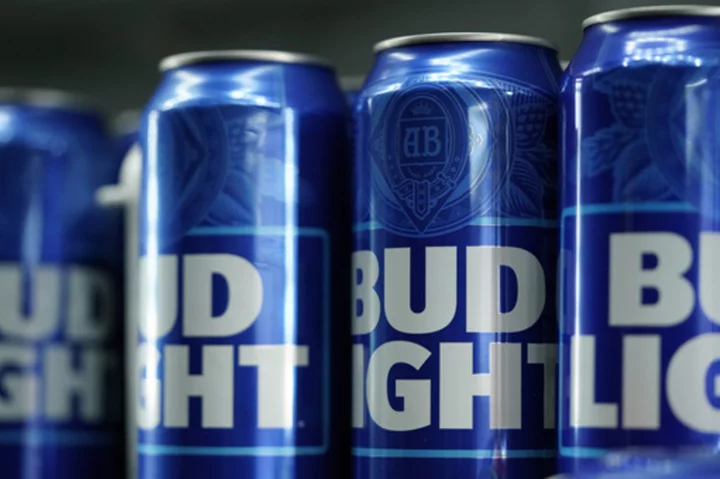Policymakers at the Federal Reserve are feeling optimistic that a rise in long-term Treasury yields could finally put an end to the past 19 months of historic interest rate hikes meant to tamp down inflation.
Wall Street is also feeling hopeful that there won't be further tightening of monetary policy. The odds of another interest rate hike by the Fed in November are falling, according to the CME FedWatch Tool.
Financial markets currently see a nearly 90% chance the US central bank will keep rates unchanged at its next policy meeting to be held on October 31 through November 1. Just a month ago, markets had those odds at just 57%.
The majority of traders are betting that there will be no more hikes and that the Fed will hold rates steady through June 2024 before loosening policy, the CME tool shows.
What's happening: US Treasury rates are white hot — 10-year Treasury yields are near their highest levels since 2007. That's bad news for the economy, but those yields could be doing the Fed's job for it.
For American consumers, an elevated 10-year Treasury return means more costly car loans, credit card rates and even student debt.
It also means more expensive mortgage rates. Mortgage rates tend to track the yield on 10-year US Treasuries. When Treasury yields go up, so do mortgage rates; when they go down, mortgage rates tend to follow.
US mortgage rates are at 23 year-highs, and home affordability is at its lowest level since 1984.
That means consumers are beginning to sweat. Americans haven't been this worried about missing a minimum debt payment since the early weeks of the pandemic, according to consumer survey data released Tuesday by the New York Federal Reserve.
The average perceived probability of not making a minimum debt payment in the next three months increased 1.4 percentage points to 12.5% in September, according to the Federal Reserve Bank of New York's latest Survey of Consumer Expectations. That's the highest rate since May 2020.
But what's bad for the economy tends to be good for bringing prices down. And Fed officials indicated this week that rates are now high enough to lower inflation to their target goal of 2%.
Philip Jefferson, the number two official at the Fed, said in a speech on Monday that he would "remain cognizant of the tightening in financial conditions through higher bond yields and will keep that in mind as I assess the future path of policy."
That's Fed speak for: I'm paying attention to the fact that borrowing money is more expensive and I'll keep that in mind when deciding what actions the Fed should take in the future.
Dallas Fed President Lorie Logan also suggested on Monday that higher yields mean there's not as much need for future rate hikes.
On Tuesday, Federal Reserve Bank of Atlanta President Raphael Bostic said barring unforeseen economic events, he didn't see the need to raise interest rates any higher.
"I think that our policy rate is at a sufficiently restrictive position to get inflation down to 2%," he said at the annual convention for the American Bankers Association. "I actually don't think we need to increase rates anymore."
Bostic, who does not vote on policy decisions, said that Treasury yields showed rates were "clearly" restrictive and slowing the economy.
Last week, San Francisco Fed President Mary Daly said that the increases in Treasury yields since the Fed's last meeting in September were equivalent to another quarter percentage point interest rate hike. If financial conditions remain tight, she said, "the need for us to take further action is diminished."
What about markets: In a twist, the prospect of a steady Fed policy buoyed markets and sent Treasury yields lower on Tuesday. Bonds compete with stocks for investors' dollars, so when equities go up, yields often go down.
The 2-year Treasury yield fell to 4.96% on Tuesday and the 10-year Treasury yield dropped to 4.65%, but both still sit near recent highs.
What's next: Investors will pay attention to the Producer Price Index (PPI), which tracks the average change in prices that businesses pay to suppliers, due out Wednesday and the Consumer Price Index (CPI), a closely watched inflation gauge, on Thursday for further clues about the Fed's next move.
PPI for September is expected to be unchanged for the year at 1.6% and lower for the month at 0.3% versus 0.7% in August, according to Refinitiv estimates.
Inflation as measured by CPI, meanwhile, is expected to have slowed month-over-month to 0.3% from 0.7% in August.
Birkenstock is now an $8 billion company
It's official. Birkenstock will be making its debut on the New York Stock Exchange Wednesday under the ticker symbol BIRK.
The beloved cork-soled shoemaker priced its initial public offering at $46 a share, making Birkenstock an $8.6 billion company, reports my colleague Elisabeth Buchwald.
That would make Birkenstock one of the 5 largest consumer discretionary IPOs of the past 20 years, according to data from Renaissance Capital.
It also means that the company is valued at about 37 times its earnings. That's a signal of confidence in the market despite an "ongoing IPO market slump," said Megan Penick, public securities chair and partner at law firm Michelman & Robinson.
The climate crisis is coming for your hoppy beer
Hops in major beer-producing European countries like Germany, Czech Republic and Slovenia are ripening earlier and producing less since 1994, scientists found. And, perhaps most alarmingly for the IPA lovers of the world, they are starting to lose their critical bitter component, reports my colleague Rachel Ramirez.
It's going to get worse, researchers say. Hop yields could decline by as much as 18% by 2050, and their alpha acid content — which makes beer bitter — could decrease by up to 31% due to hotter and drier conditions, according to a study published Tuesday in the journal Nature Communications.
Scorching temperatures have already shifted the start of hop growing season by 13 days from 1970 to 2018, according to the study. The growth of new shoots from the hop plant typically occurs during the spring, but since 1995, the researchers found it's happening earlier in the regions analyzed than years prior.
In recent years, more consumers are preferring beer aromas and flavors that require higher-quality hops, according to the study. Since these hops are only grown in smaller regions, researchers say they're put at even higher risk from climate change-fueled heat waves and droughts.









